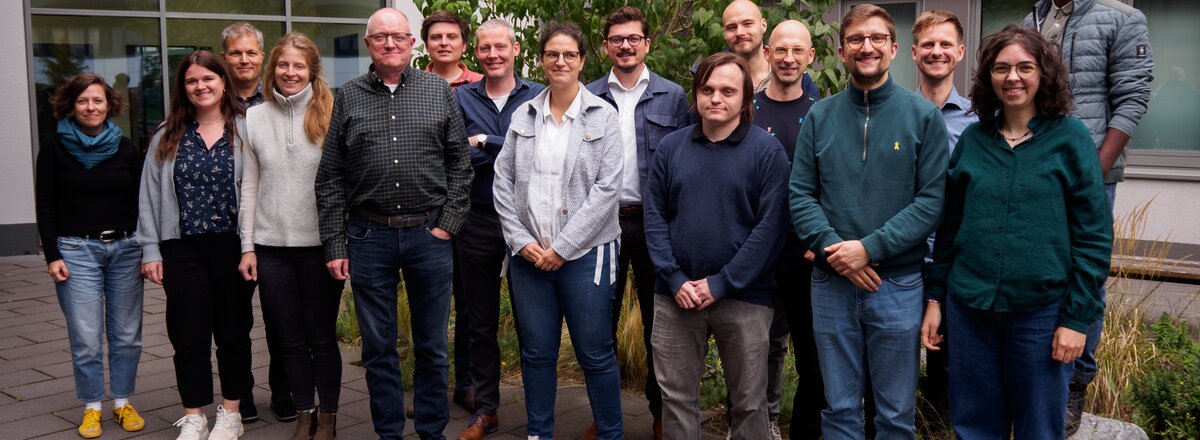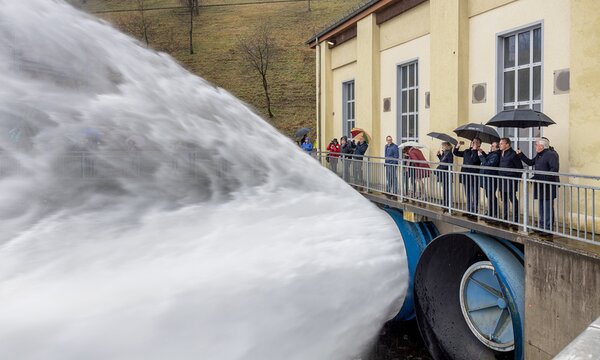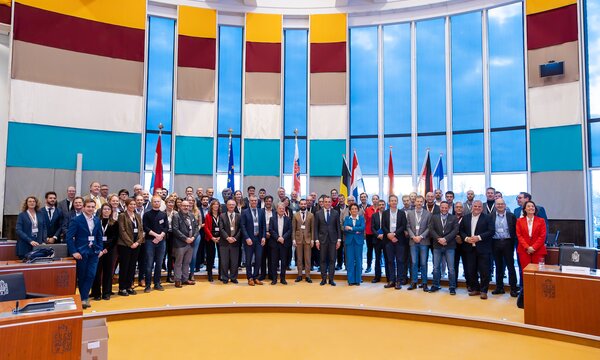How can we interpret probabilities from hydrological ensemble flood forecasts for rivers? And how can we fully leverage uncertainty information to optimise flood warnings and make the best forecast-informed decisions? These were the central questions addressed during a first specialised JCAR ATRACE training hosted at the Landesamt für Natur, Umwelt and Klima Nordrhein-Westfalen (LANUK) early October in Duisburg, Germany, where flood forecasting expert practitioners from regional and national forecasting agencies participated and were facilitated to share their 'best practices'.
The training, titled “Probabilistic Forecasting and Decision-Making”, provided by experts from JCAR ATRACE partners Deltares and VU Amsterdam brought together professionals from a diverse range of hydrological forecasting agencies from Germany and Netherlands, including:
- Landesamt für Umwelt Rheinland-Pfalz (LfU-RLP)
- Landesamt für Natur, Umwelt und Klima Nordrhein-Westfalen (LANUK)
- Waterschap Limburg
- Waterschap Vechtstromen
- Waterschap Rijn en IJssel
- Rijkswaterstaat (Meuse District)
Key topics covered
Participants explored advanced techniques for:
- Verification of probabilistic forecasts using score metrics to assess forecast quality.
- Evaluating warning thresholds to improve decision-making under uncertainty.
- Translating ensemble forecasts into actionable decisions, ensuring that uncertainty is not a barrier but a tool for better preparedness.
The interactive sessions combined theory with practical exercises, enabling participants to apply verification methods and decision-making frameworks to real-world scenarios.
Building connections across borders
The training and practical experience exchange was a first in a series of planned thematic trainings and exchanges, facilitated by JCAR ATRACE, with the objective to further strengthen the operational ties between the regional and national forecasting autorities in the Benelux and Germany. These connections and knowledge exchanges are vital for improving flood resilience in shared river basins and ensuring coordinated responses during extreme events.
The success of this training underscores the importance of continuous knowledge exchange and capacity building in flood forecasting. By embracing shared best practices in probabilistic approaches, agencies can make more informed, risk-aware decisions that protect communities and infrastructure.



